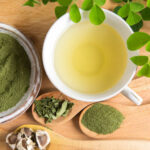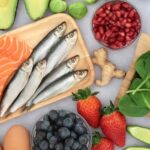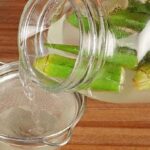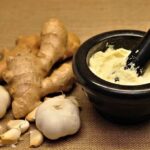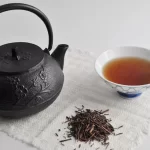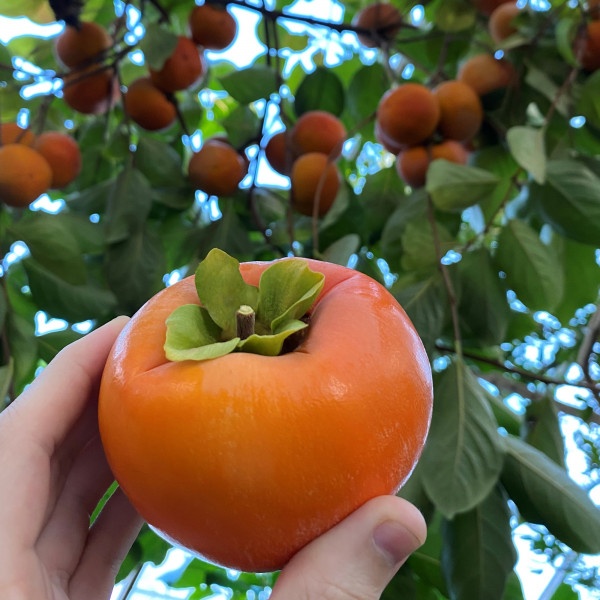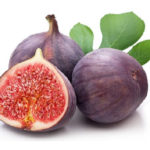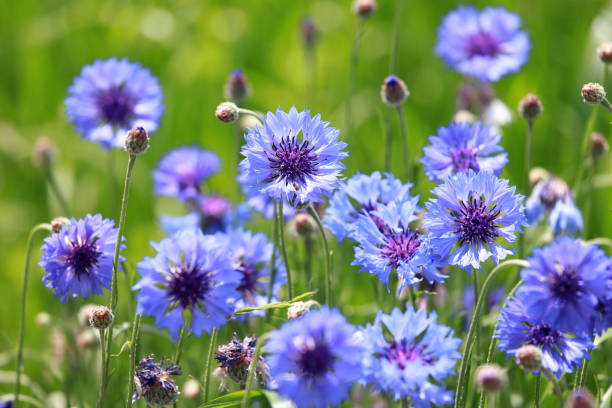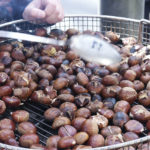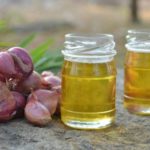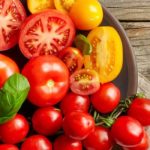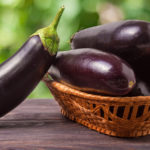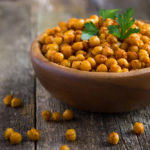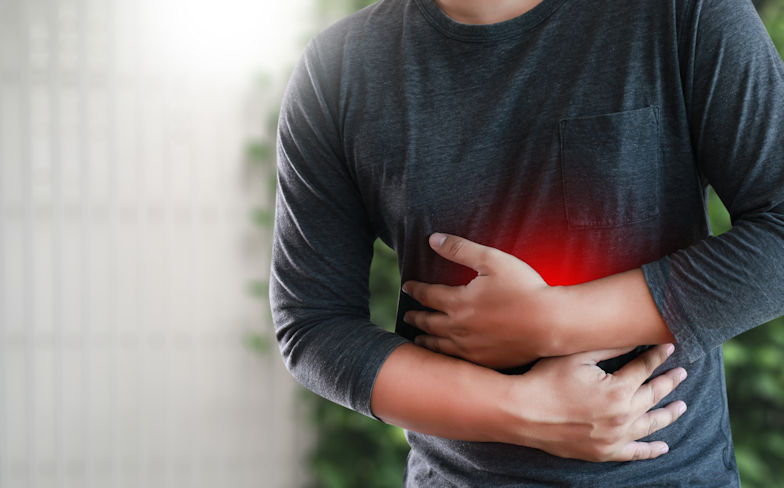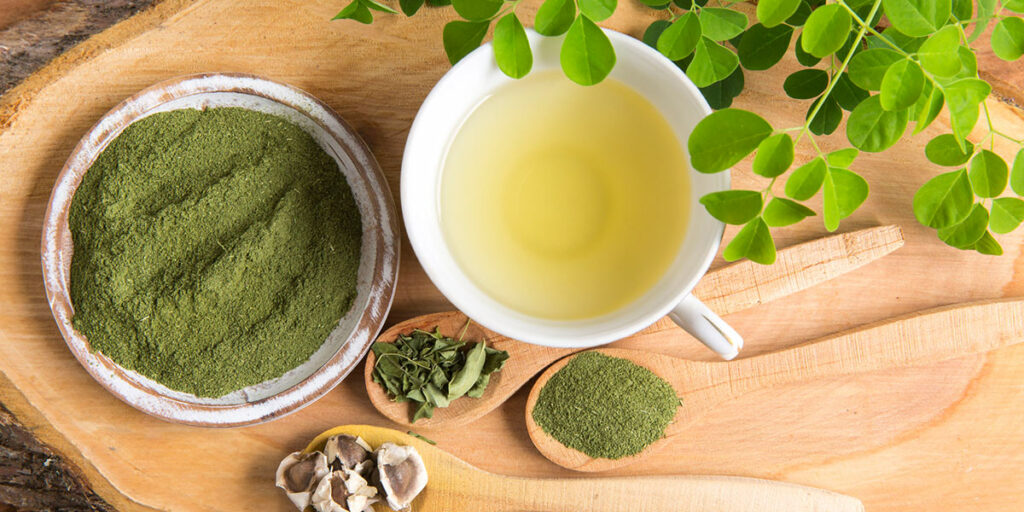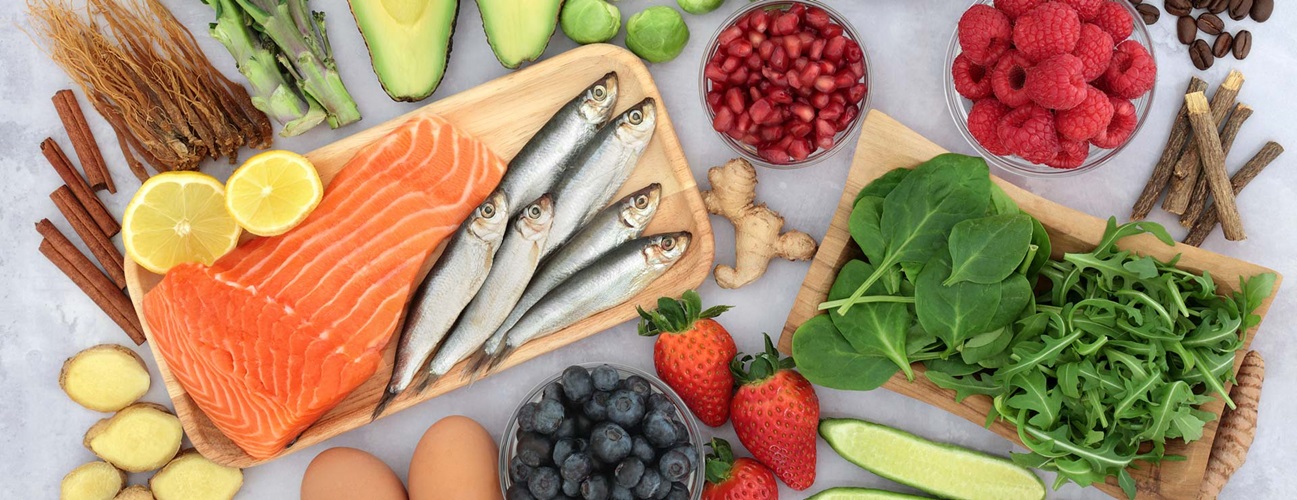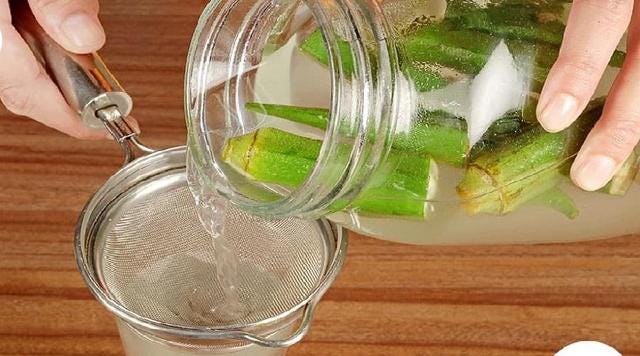HEALTH BENEFITS OF PERSIMMON
Persimmon benefits are seen in the facts that they are one of the foods good for the intestine. The scientific name is Diospyros which is derived from Greek to mean “Fire of Zeus”. Persimmon originated from Japan (Japanese Persimmon) and cultivated throughout semitropical areas in America and Southern Europe. Other names are:
Chinese fig, Coomon persimmon, Kaki, Kaki fruit, Sharon fruit.
Some persimmon come in their orange or bright red colour and are known for honey-like flavor and sweetness. There are other ones that come heart-like shape. They are called Hachiya persimmons and have high plant chemicals known as tannins. This property gives persimmon its dry bitter taste. There’s Fuyu persimmons which contain tannins but non-astringent. This type be eaten and enjoyed when they are not completely ripe.
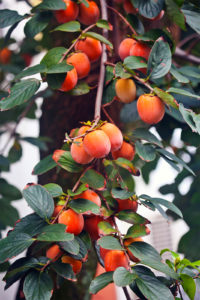
Persimmon Composition
100 grams of raw edible portion of persimmon is composed of the following:
- Energy = 70.0 kcal = 295 kj
- Carbohydrates = 15.0 g
- Protein = 0.580 g
- Fibre = 3.60 g
- Vitamin A = 217μg RE
- Vitamin B1 and B2 = 0.030 mg and 0.020 mg respectively
- Vitamin B6 = 0.100 mg
- Niacin = 0.267 mg
- Vitamin C = 16.0 mg
- Vitamin E = 0.590 mg ∝-TE
- Phospohrus = 17.0 mg
- Calcium = 8.00 mg
- Iron = 0.370 mg
- Potassium = 161 mg
- Zinc = 0.110 mg
- Fat and Saturated fat = 0.190 mg and 0.190 respectively
- Sodium = 1.00 mg
This information above is based on a 2,000 calorie diet (% daily value) as stated by Dr. George P. in his book “Encyclopedia of Foods and their Healing Power”
We now look at the percentage (%) composition of persimmon
| Nutrients | Percentage (%) Composition |
| Fibre | 3.60 |
| Minerals | 0.330 |
| Fat | 0.190 |
| Carbohydrates | 15.0 |
| Protein | 0.580 |
| Water | 80.3 |
Some Properties and Indications Regarding Persimmon Benefits
Gelatinous pulp of the persimmon virtually has no proteins or fats but below are some of the substances that the persimmon can provide
- Pectin and Mucilage: They are the complex carbohydrates and also responsible for persimmon gelatinous pulp consistency. The pectin and mucilage makeup the most important component called soluble vegetable fibre and are responsible for about 3.6% of the weight of a persimmon. The pectin and mucilage retain water and sugar and also increase fecal volume and facilitate evacuation.
- Sugar: Every 100 grams of persimmon carries 15 g of sugar and fructose is most abundant of all, followed by saccharose and glucose.
- Tannins: Quite active astringent. They form a dry resistant coating on the mucosa as they coagulate proteins. You can recognize them by their harsh taste. As the fruit ripens, the tannin’s astringent effects disappear
- Carotenoids: Derived from beta-carotene and from this, the body forms vitamin A. This is the reason why they are called provitamin A. They are known for antioxidant effects and this prevents (effects and properties) cellular aging. Persimmon is among those fruits that are highly rich in carotenoids.
- Vitamin C: Per 100 g of persimmon, there’s 16 mg of vitamin C
- Iron: Persimmon contains iron which is the most abundant of all its minerals.
READ ALSO: Cucumber Beautifies and Cleanses the Skin
Some Indications
Disorders of the Intestine: Persimmon soothes and dries the walls of the digestive system. The combined action of the emollients (pectin and mucilage) and tannins bring about this beneficial value. Because of its mucilage and pectin content, persimmon are quite anti-inflammatory. This is why they stop diarrhea and reduce inflammation of the intestine.

Cardiovascular Condition: Since persimmon contain low fat and sodium but rich in carotenoids, they are recommended for those with hypertension and general cardiovascular conditions.
For Healthy Vision: Persimmon also contain some carotenoids antioxidants rich in lutein and zeaxanthin. They facilitate healthy vision. Foods and diets rich in lutein and zeaxanthin reduce the risk of some eye diseases even the macular degeneration that is age-related.
Preparation and Use of persimmon
- Eaten Fresh: In the fall, they are quite abundant. To get persimmon benefits, take advantage and enjoy them. Take up to five or six a day in case of diarrhea
- Puree: Persimmon puree goes well with tofu, cottage cheese, cream and yogurt.
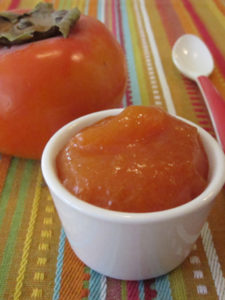
Some Steps to follow when preparing persimmon
- Use the fingers to test for ripeness
- Get the stem removed.
- Use a knife and cut the fruit in half
- Enjoy with a spoon. To prepare puree, grate the pulp
There are other species of the persimmon known as American Persimmon. They are grown in North America. They are also referred to as wild persimmon. This species contain more minerals, sugars and vitamin C.
READ MORE: Lentils is an Iron and Fibre-rich Food
Loquat, an Effective Anti-Diabetic Fruit
Watercress: Medicinal plant for the Blood

A graduate of Computer Science and Information Management Technology. Diploma – Caregiving, Certificates – Dementia and Diabetes Awareness and Management. A researcher, blogger, songwriter, singer and acoustic guitarist. Born in an environment where natural talents such as healing are imparted at our natural birth. This natural talents of healing is the result of our genetic inheritance and the training from family environment.


